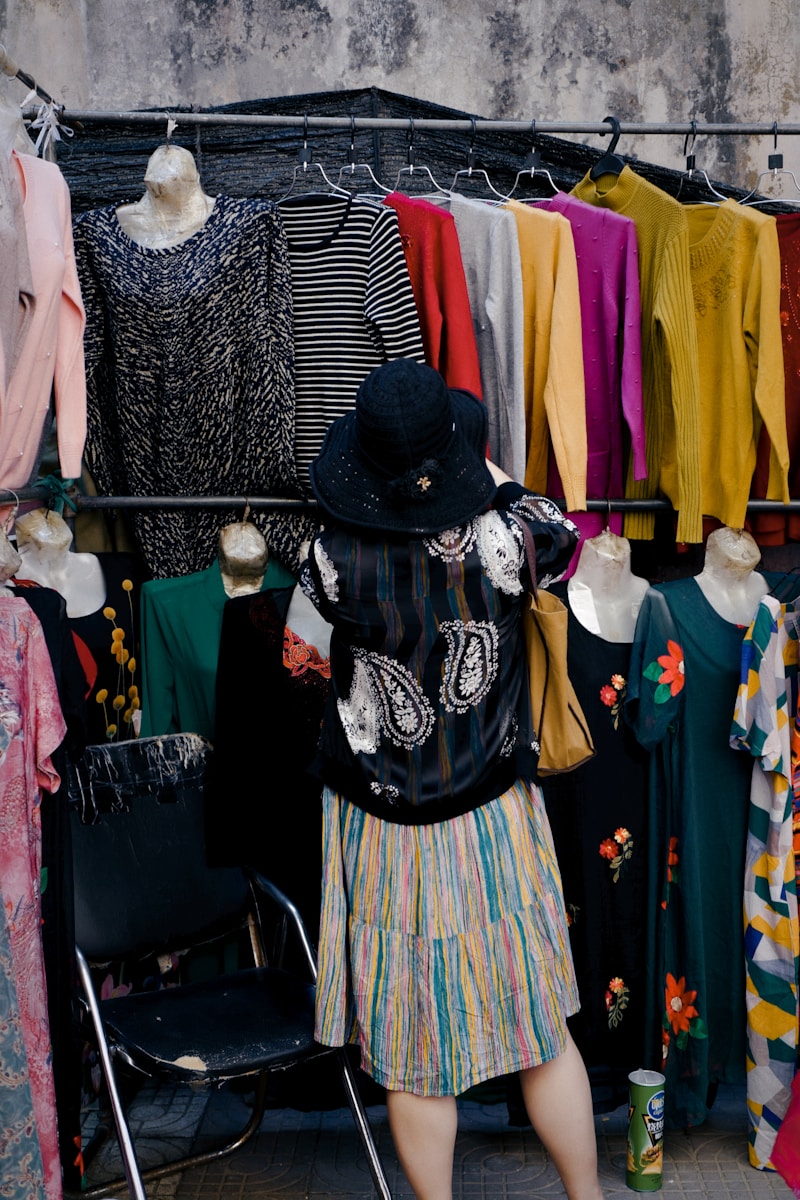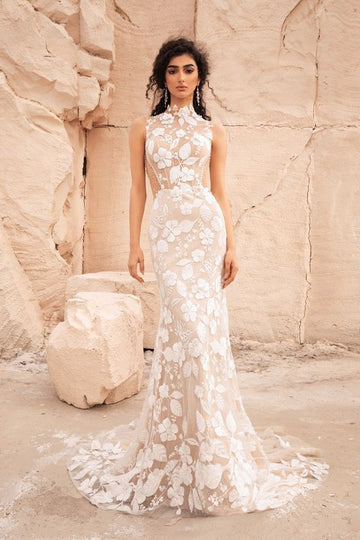Understanding the Influence of Budget on Fashion Choices: A Comprehensive Guide
Understanding the Influence of Budget on Fashion Choices: A Comprehensive Guide
The Impact of Budget Constraints on Fashion Selection
Fashion is an essential part of our daily lives. It’s not just about looking good; it’s about expressing oneself, making a statement, and even influencing how others perceive you. However, one of the most significant factors that dictate the fashion choices available to individuals is their budget. In this article, we will explore the influence of budget on fashion choices, highlighting how financial constraints shape personal style, brand preferences, and overall shopping behavior.
The Intersection of Budget and Style
When it comes to fashion, the budget serves as a framework within which individuals operate. Fashion choices vary greatly depending on financial resources, and this article aims to delve into various aspects of how budget affects style:
| Budget Range | Style Choices | Popular Brands |
| Under $50 | Casual, Fast Fashion | H&M, Forever 21 |
| $50 - $150 | Trendy, Workwear | Zara, ASOS |
| $150 - $500 | Quality Basics, Designer High-street | Uniqlo, Mango |
| Above $500 | Luxury, Custom-made | Gucci, Prada |
Personal Style Development
Personal style is often a reflection of one’s budget. Individuals with limited budgets may gravitate towards fast fashion brands, which offer trendy clothing at lower prices. These choices often lead to a cycle of purchasing cheap, disposable fashion items, which can contribute to a cluttered wardrobe. In contrast, individuals with a more substantial budget may choose to invest in timeless pieces that can be worn for many years, steering them towards high-quality, sustainable brands.
Brand Preferences and Consumer Behavior
The brands individuals choose to support can say a lot about their financial standing and lifestyle. For instance, those shopping on a budget may often rely on discounts, sales, or thrift stores to find affordable options. Utilization of platforms like Depop or Poshmark for second-hand fashion has also increased among budget-conscious shoppers.

Conversely, individuals with higher disposable income may prioritize luxury brands and designer labels, often viewing their purchases as investments. This behavior not only affects personal shopping habits but also impacts the fashion industry as a whole, driving trends and demand for certain brands.
Layering and Accessorizing on a Budget
Budget constraints do not mean that one cannot enjoy fashion. Creative layering and accessorizing can elevate any outfit without breaking the bank. Here are some tips:
- Invest in Accessories: A statement necklace or a unique handbag can transform a simple outfit into something special.
- Layering Basics: Simple items like t-shirts or casual tops can be layered with cardigans or jackets for a chic look.
- Mix and Match: Learn how to create versatile outfits by pairing a few essential pieces in various ways.
Influence of Culture and Trends
Cultural backgrounds and current trends also play a vital role in fashion choices. For example, budget styles can differ from one region to another. In Western countries, the fast fashion industry has flourished, making trendy styles accessible to the masses. In contrast, in many Asian countries, traditional and modern styles often intermingle, resulting in unique fashion choices that reflect cultural heritage and budget considerations.
Psychological Aspects of Budget and Fashion
The relationship between budget and fashion goes beyond mere availability; it also includes psychological factors. People often associate spending habits with self-worth and social status. Those may feel pressured to adhere to high-priced brands as a means of validation. Understanding this connection can lead to healthier shopping habits and a deeper understanding of one’s personal style.
Budgeting for Fashion: Practical Tips
For anyone looking to enhance their wardrobe without overspending, implementing a budget is crucial. Here are some practical tips to manage your fashion expenses:
- Create a Fashion Budget: Allocate a specific amount each month for clothing and stick to it.
- Plan Purchases: Make a list of items you need and wait for sales or discount periods.
- Research Brands: Know which brands provide the best quality for the price range you are considering.
Conclusion: Making Fashion Choices with a Budget in Mind
Ultimately, the influence of budget on fashion choices cannot be overstated. While it can limit options for some, it also encourages creativity and resourcefulness. By understanding the interplay between personal finances and style, individuals can make informed decisions that align their budget with their fashion goals. Remember, it's not about how much money you spend but how effectively you make your choices. Whether you're thrifting for deals or splurging on a designer piece, the key is to stay true to your unique style while being mindful of your financial situation. As fashion evolves, so too will the ways we approach it within our budgets, making it a fascinating study for anyone interested in the world of style.
In conclusion, consider your budget not just as a limitation, but as a guide to your style evolution. With thoughtful planning and a keen sense of your own preferences, you can enjoy the world of fashion without the stress of overspending.
